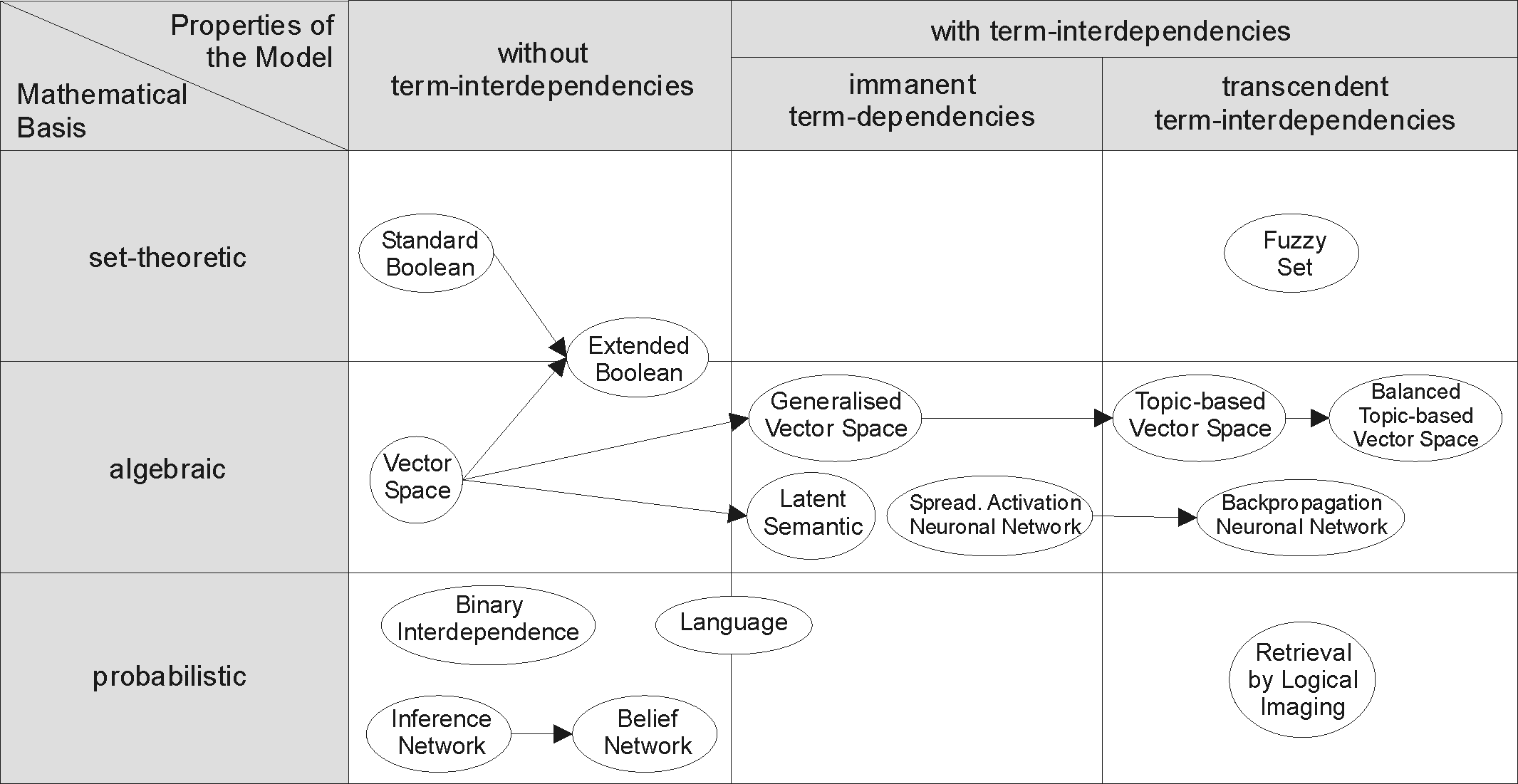|
Postings List
The postings list is a data structure commonly used in information retrieval (IR) systems to store indexing information about a corpus. It is central to the design and efficiency of search engines and database management systems that need to retrieve information rapidly. At the bare minimum, a postings list is associated with a term from a document and records the places where that term appears. Each term found in documents within a corpus is mapped to a corresponding postings list containing information such as the documents the term appears in and often the positions within those documents. Structure A postings list consists of posting elements, sometimes referred to as postings. Each posting typically contains: * A document identifier (DocID), which uniquely identifies a document in the corpus. * Frequency information (Term Frequency), indicating how often the term appears within the document. * Position information, indicating where in the text the term appears. * Additional met ... [...More Info...] [...Related Items...] OR: [Wikipedia] [Google] [Baidu] |
Data Structure
In computer science, a data structure is a data organization and storage format that is usually chosen for Efficiency, efficient Data access, access to data. More precisely, a data structure is a collection of data values, the relationships among them, and the Function (computer programming), functions or Operator (computer programming), operations that can be applied to the data, i.e., it is an algebraic structure about data. Usage Data structures serve as the basis for abstract data types (ADT). The ADT defines the logical form of the data type. The data structure implements the physical form of the data type. Different types of data structures are suited to different kinds of applications, and some are highly specialized to specific tasks. For example, Relational database, relational databases commonly use B-tree indexes for data retrieval, while compiler Implementation, implementations usually use hash tables to look up Identifier (computer languages), identifiers. Data s ... [...More Info...] [...Related Items...] OR: [Wikipedia] [Google] [Baidu] |
Information Retrieval
Information retrieval (IR) in computing and information science is the task of identifying and retrieving information system resources that are relevant to an Information needs, information need. The information need can be specified in the form of a search query. In the case of document retrieval, queries can be based on full-text search, full-text or other content-based indexing. Information retrieval is the science of searching for information in a document, searching for documents themselves, and also searching for the metadata that describes data, and for databases of texts, images or sounds. Automated information retrieval systems are used to reduce what has been called information overload. An IR system is a software system that provides access to books, journals and other documents; it also stores and manages those documents. Web search engines are the most visible IR applications. Overview An information retrieval process begins when a user enters a query into the sys ... [...More Info...] [...Related Items...] OR: [Wikipedia] [Google] [Baidu] |
Inverted Index
In computer science, an inverted index (also referred to as a postings list, postings file, or inverted file) is a database index storing a mapping from content, such as words or numbers, to its locations in a table, or in a document or a set of documents (named in contrast to a forward index, which maps from documents to content). The purpose of an inverted index is to allow fast full-text searches, at a cost of increased processing when a document is added to the database. The inverted file may be the database file itself, rather than its index. It is the most popular data structure used in document retrieval systems, used on a large scale for example in search engines. Additionally, several significant general-purpose mainframe-based database management systems have used inverted list architectures, including ADABAS, DATACOM/DB, and Model 204. There are two main variants of inverted indexes: A record-level inverted index (or inverted file index or just inverted file) contain ... [...More Info...] [...Related Items...] OR: [Wikipedia] [Google] [Baidu] |
Data Structures
In computer science, a data structure is a data organization and storage format that is usually chosen for efficient access to data. More precisely, a data structure is a collection of data values, the relationships among them, and the functions or operations that can be applied to the data, i.e., it is an algebraic structure about data. Usage Data structures serve as the basis for abstract data types (ADT). The ADT defines the logical form of the data type. The data structure implements the physical form of the data type. Different types of data structures are suited to different kinds of applications, and some are highly specialized to specific tasks. For example, relational databases commonly use B-tree indexes for data retrieval, while compiler implementations usually use hash tables to look up identifiers. Data structures provide a means to manage large amounts of data efficiently for uses such as large databases and internet indexing services. Usually, effici ... [...More Info...] [...Related Items...] OR: [Wikipedia] [Google] [Baidu] |

